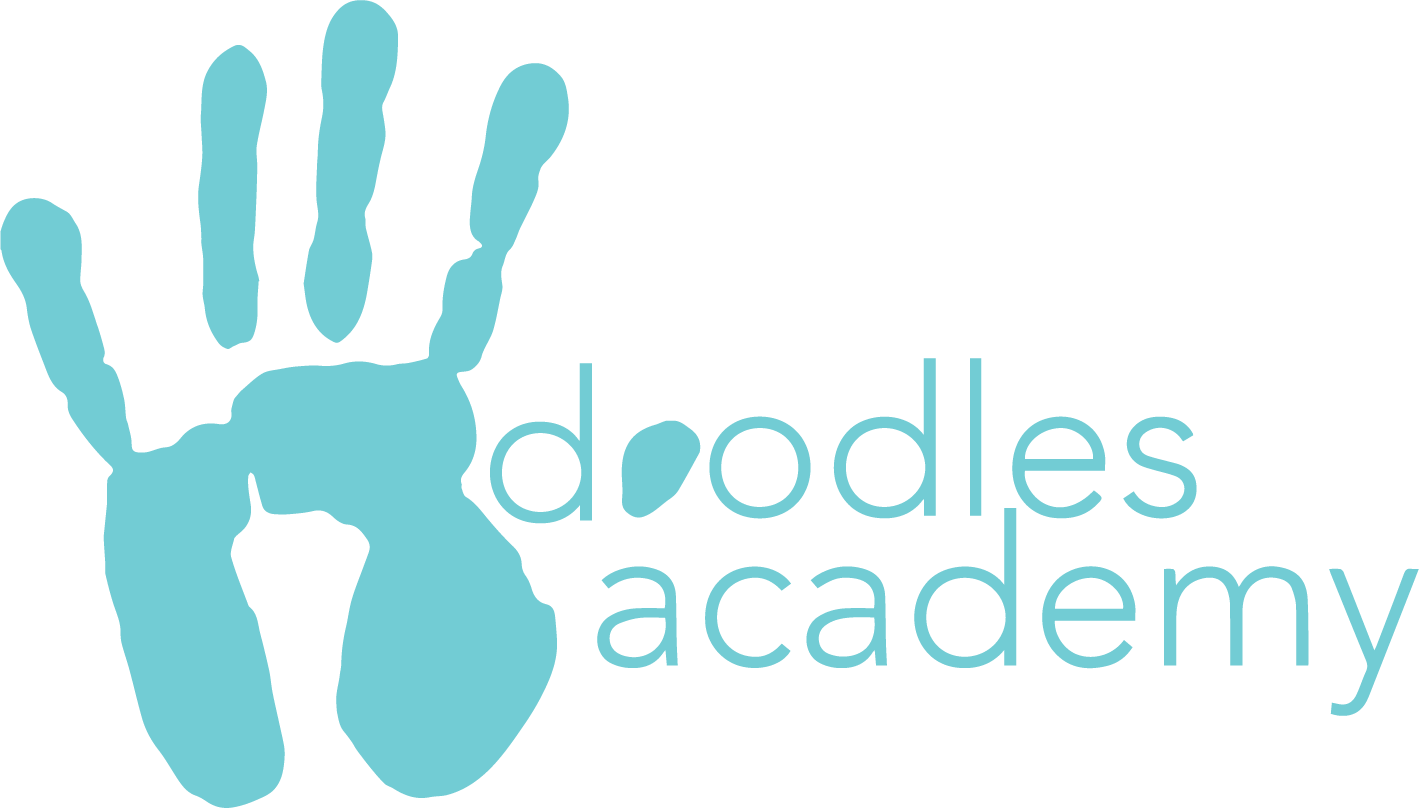In this unit, student artists draw and color their dream house. They build a structure & draw it using observation skills, adding details, and finishing with colors that help to describe it’s environment.
Scope & Sequence:


Lesson 1: In this lesson, artists begin the process of designing their ‘dream house’. They start out by building the basic shape of their dream house using paper cups.
Lesson 2: In this lesson, student artists make an observation drawing using the cup house that they built during lesson 1.
Lesson 3: In this lesson, student artists imagine what their dream house would look like, then add details to their observation drawing from the previous lesson to turn it into the abode of their choice.
Lesson 4: In this lesson, student artists color their dream homes using watercolor, markers, and oil pastels. They are introduced to and encouraged to use warm and cool colors to describe the environment that their house is in.
Lesson 5: Allow a fifth day entirely for finishing and refining work.
Lesson 6: Optional. a final day for finishing.
(you can preview the first lesson in a project without enrolling by clicking on ‘lesson 1’ above).
Books & Media:
– Optional books: library books on a variety of architectural styles and/or tablets or computers for research (see: early finishers)
Line, Shape/Form, Color
…………………….
Art Principles:
Proportion/Scale, Balance
…………………….
National Core Visual Art Standards:
VA:Cr1.1.3a, VA:Cr1.1.4a, VA:Cr3.1.3a, VA:Cr3.1.5a, VA:Cr3.1.6a, VA:Re.7.2.3a, VA:Re.7.1.5a, VA:Re.7.2.4a
Mathematics (measuring and shapes), Social Studies (looking at different architectural examples), Geography (architectural examples from different countries)
…………………….
Common Core Standards:
L.3.5a, L.3.5b, SL.3.1b, SL.4.1b, SL.5.1b, SL.3.1c, SL.4.1c, SL.5.1c, SL.3.1d, SL.4.1d, SL.5.1d, SL.4.5, SL.5.5, W.4.2, W.5.2, W.4.4, W.5.4, W.3.8, 4.NF.B.3.A, 4.G.1, 3.G.2
Enroll & Stream for Free
Enroll in the course & stream the content for free.
Enroll + Add Printable Lesson Plans
Enroll in the course + access printable lesson plans in your artroom .
